Babylonia was an ancient Akkadian-speaking state which grew up after the downfall of the Akkadian dynasty around 2300 BC in modern-day Iraq. The Akkadian Empire split into Assyria in the north and Babylonia in the south. For more than two millennia, Babylonia was at the center of Mesopotamian civilization. The Amorites were the first dynasty of Babylonia, and they ruled for 300 years.
Babylonia was at its height during the reign of Hammurabi in the first half of the 18th century BC. Hammurabi was an ambitious leader. For him, controlling the capital city of Babylon was not enough, and his influence spread to other regions. Within a year, Hammurabi had seized all parts of Mesopotamia including Assyria in the north.
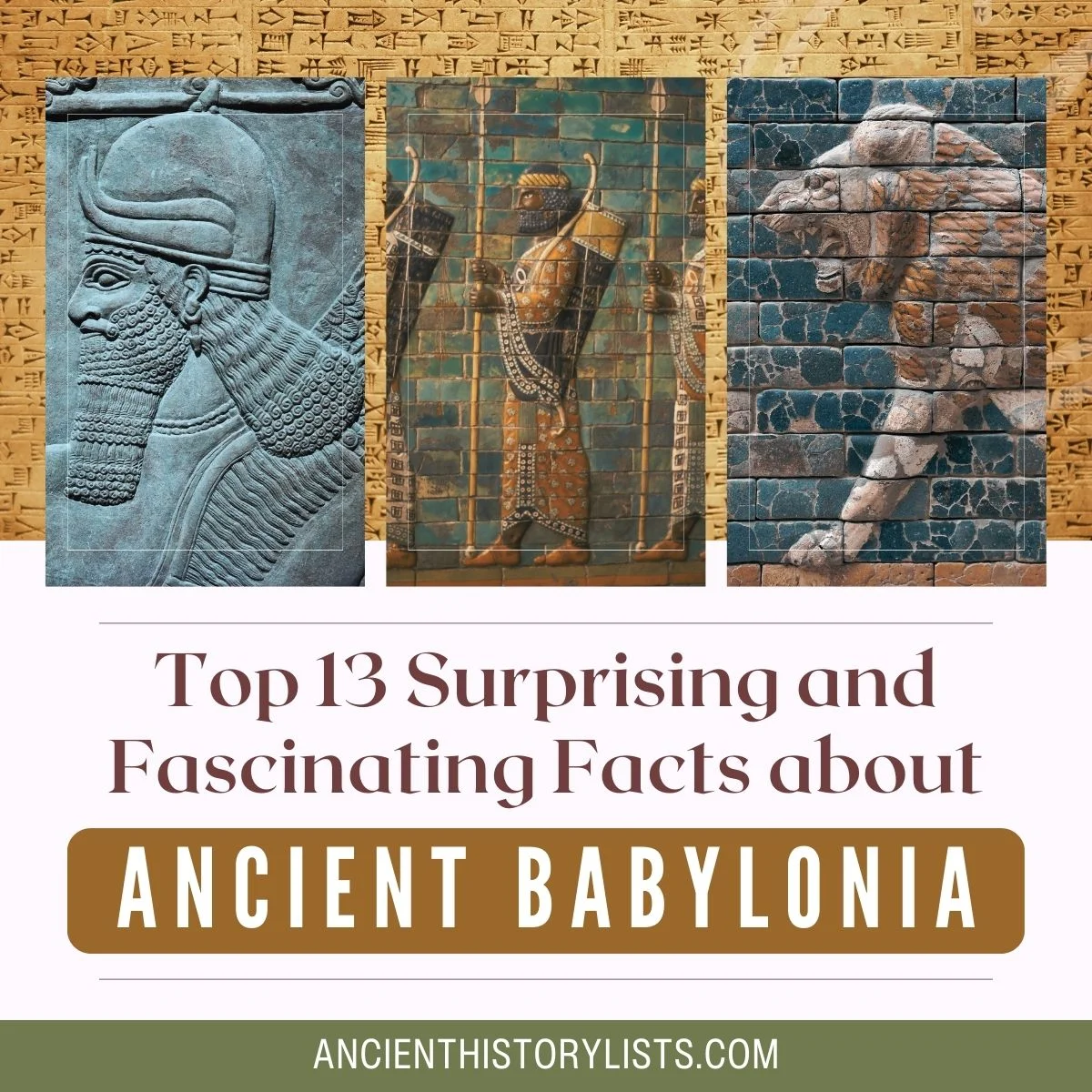
Under the reign of Hammurabi, the town of Babylon began to flourish, and at its height, it was the largest city in the ancient world with a population of almost 200,000. The city was located on the banks of the Euphrates, and this strategic advantage gave it unique access to trading routes in the region.
Babylonian architecture was beautiful and intricate, as can be seen from the remains of a ziggurat temple in the center of the ancient city. The temple resembled a pyramid and was almost 300 feet tall. As well as impressive architectural structures, the city excelled in science, art, music, literature, and mathematics.
Here is a list of the top 13 most fascinating facts about the ancient Babylonian civilization:
1. Babylon’s Hanging Garden
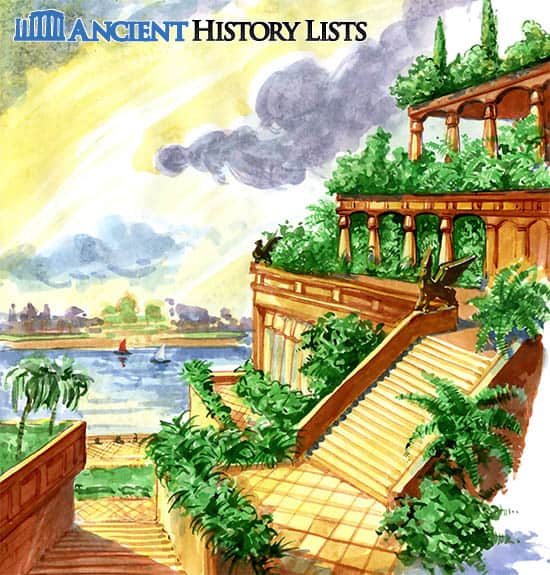
Nebuchadnezzar II built the famous hanging garden for his queen to remind her of the fields and hills of her homeland. The garden was 75 feet tall and consisted of a series of tiered platforms covered with beautiful trees, plants, and flowers. The name “hanging garden” is derived from the Greek word kremastós, which in literature means “overhanging.”
The garden has been recognized as one of the seven wonders of the world and showcases the extraordinary engineering abilities of the Babylonian architects. It is thought that the garden was destroyed by an earthquake in the second century.
2. The Code of Hammurabi
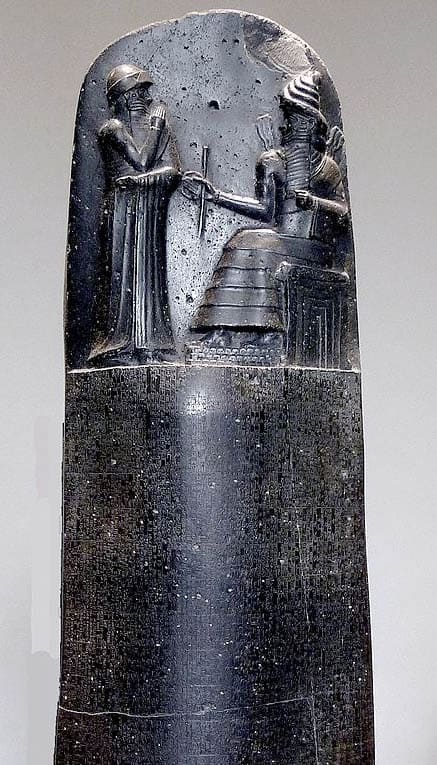
It was only after the powerful and ambitious ruler Hammurabi came to power that the city of Babylon started to grow rapidly. Hammurabi’s code of more than 200 written rules and regulations covered issues of land, property, industry, agriculture, etc.
The code was written on clay tablets and tall, stone pillars. The rules were specific and strict, and they acted as a guideline for most daily activities and situations. The code was based on the principle of “an eye for an eye, a tooth for a tooth,” and laid the foundations for many of the world’s legal systems today. The laws were implemented by judges, or amelu, who were drawn from the upper-class strata of society.
3. A More Liberal Society for Women
Women in Babylonian society were relatively well treated. Women were allowed to become priests and were free to sell wine and start their own businesses, although their primary role in the home remained paramount.
A Babylonian woman was allowed to ask for a dowry from her parents, and she shared equal rights in her husband’s property even after his death.
4. The More Children the Better
In today’s world, population growth is a hot topic due to climate change and dwindling resources. In ancient times, however, society needed more and more people to bolster the workforce, and having a large family was a matter of pride. More children also guaranteed better support during old age.
5. Art and Architecture
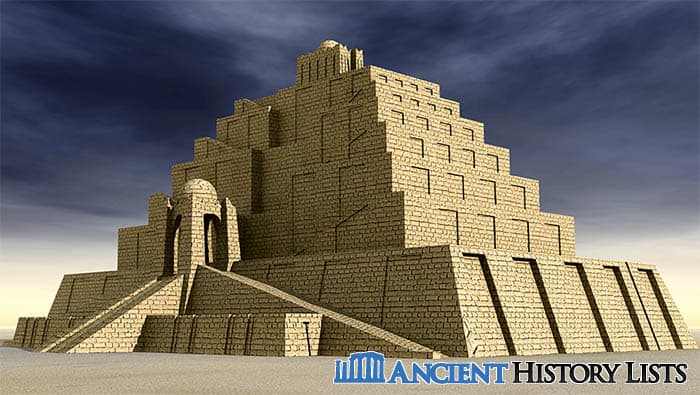
Babylonian art was beautiful and unique. The Babylonians were skilled at both small-scale art such as jewelry-making, and larger, architectural projects. Their jewelry-making led the way for our modern designs as they were the first to incorporate precious gems and metals to make beautiful pieces of jewelry.
Their large palaces and statues showcased their skill in architectural design; a good example of this is a ziggurat built during the reign of Hammurabi which is almost 300 feet tall and was built in honor of their chief god, Marduk. The famous Ishtar Gate, the eighth gate into the city, is another example of a beautiful architectural structure, as are the thick walls surrounding Babylonian cities. The Babylonians also made huge granaries to preserve their harvests.
6. Trade and Commerce
As well as being immensely talented in the arts, the Babylonians were equally knowledgeable about trade and commerce. They were the first in history to introduce the concept of the sales contract, and even went as far as to introduce a seal into the contract.
They regularly imported gold, silver, copper, wood, salt, and stone, and exported goods such as grain, clay pots, oil, and leather goods.
7. Literature and Education
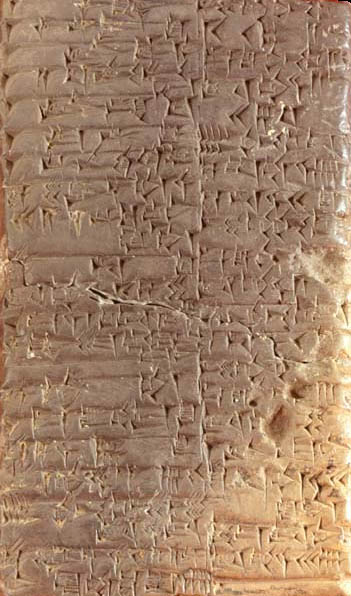
In ancient Babylon, education was for all, both men and women. Just like the Sumerians, the Babylonians wrote in cuneiform, using over 350 symbols in their writing. Bone and bamboo were used to write on soft clay tablets which were later dried in the sun.
The Babylonians contributed much to the world of literature, with many pieces being produced during that time such as the epic poem Gilgamesh and the creation myth Enûma Eliš. King Hammurabi was instrumental in building schools, and there is historical evidence that the Babylonians had libraries as well.
They lived by the old Sumerian proverb, “He who would excel in the school of scribes must rise with the dawn.”
8. Science
The Babylonians excelled in the fields of science and astronomy. Their priests studied the moon, the sun, the planets, and stars very carefully in order to predict the future.
They used sundials and water clocks to tell the time, and just like the Sumerians, they adopted the lunar calendar which divided each month into 30 days and a year into 12 months. They were good at keeping records and diligently recorded past events in chronological order.
9. Military Power
Under the rule of Hammurabi, Babylon became a major military power with trained soldiers in a strong and capable army. Hammurabi was an ambitious ruler and conquered all parts of Mesopotamia from the north to the south, ensuring that a military presence was established in all his new territories.
10. Agricultural Growth
The Babylonians produced a variety of crops and had a vast knowledge of agricultural techniques. They grew pistachios in the royal gardens of Babylon, and elsewhere barley, peas, olives, grapes, wheat, etc. grew in abundance.
11. Religious Beliefs
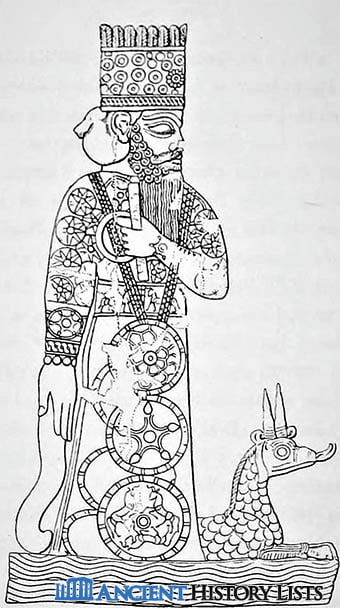
The Babylonians believed in polytheism and worshiped multiple gods and goddesses. Marduk was their chief god, and he was considered to be the creator of the world. Samas was the god of the sun, Dumuzid was the god of agriculture, and Ishtar was the mother goddess.
According to the Babylonians, the deities were born on earth just like mortals and experienced mortal feelings such as sorrow and happiness. The people worshiped in ziggurat temples, and the priests lived on the top floor of these building, not only leading the people in worship but also predicting the future. There is evidence of Babylonian religious worship from clay tablet fragments dating from the Neo-Babylonian era.
12. Knowledge of Medicine
The Babylonians left their mark on the field of medicine as well. Early Babylonian texts were written in Akkadian during the first Babylonian dynasty, and the Diagnostic Handbook, written by the ummânū, or king’s chief scholar, is a large Babylonian medical text concerned with the identification and diagnosis of disease. This work effectively introduced the world to the concept of diagnosis, prescription, prognosis, and physical examination. It also included a list of medical symptoms, logical steps for diagnosis, and treatments such as bandages, pills, and therapy.
13. The Fall of Babylonia
Babylonia reached its peak under the rule of the powerful King Hammurabi, but after his death, the kingdom began to decline. Unlike their father, Hammurabi’s sons were not strong or ambitious enough to continue to expand the empire.
Soon, regular attacks from the Kassites led to the fall of ancient Babylonia in 1595 BC. In 612 BC, the emergence of the Neo-Babylonian Empire under the leadership of Nebuchadnezzar II restored the glory of ancient Babylonia once again. A century later, in 539 BC, the Neo-Babylonian Empire was taken over by King Cyrus of Persia, leading to the eventual and complete fall of Babylon itself.
Conclusion
The Babylonian civilization was founded around 4,000 years ago on the banks of the Euphrates in ancient Mesopotamia. At its height, Babylonia flourished in every possible field including literature, medicine, the arts, science, and commerce before it finally fell to the Persians in 539 BC. Today, we are left with only archaeological evidence of this once magnificent culture.